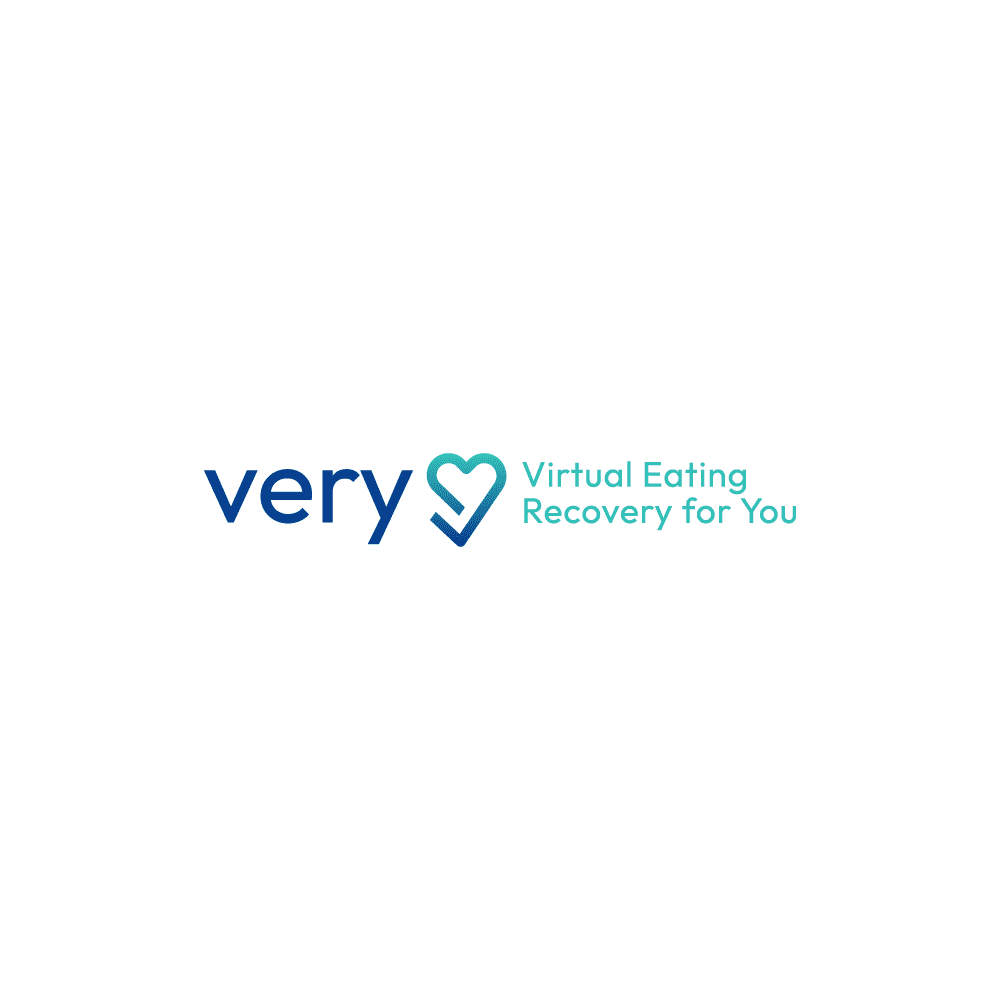For people with eating disorders, it’s common to notice a lack of traditional hunger and fullness cues. This is often due to a prolonged period of disordered eating patterns, causing the body to hush these cues or even silence them.
Without these internal cues, we’re often left feeling confused about when to eat or not eat. This can be incredibly frustrating for individuals in eating disorder recovery trying to move past a place of disordered eating and restriction. For this reason, it’s crucial for people in recovery to work toward regaining their normal hunger and fullness cues.
Let’s talk more about navigating hunger and fullness in eating disorder recovery and some helpful tools to help you better connect with your body.
How Eating Disorders Affect Hunger and Fullness Cues
Eating disorders can significantly impact how our bodies and minds communicate in terms of hunger and fullness. Continually engaging in disordered eating behaviors and ignoring hunger can cause us to lose these necessary signals that tell us when our bodies need fuel and energy.
In many cases, eating disorders can cause us to completely ignore hunger cues or pass them off as something else entirely – whether that be thirst, boredom, or whatever else the eating disorder tells us. Even during intense hunger, an eating disorder may make you feel like it’s wrong to eat or that not eating/staying hungry is a sense of accomplishment.
On top of this, eating disorders can also cause you to feel more satiated than you really are, or feel full before you’ve realistically eaten enough. Especially for restrictive eating disorders, there can be a lot of fear, guilt, and anxiety centered around feeling full or eating to complete fullness.
These factors, over time, can lead to the body’s normal hunger and fullness cues fading away or diminishing entirely. In order to gain a better relationship with food, it’s essential to regain a better connection between our minds and bodies when it comes to hunger and fullness.
Regaining Hunger and Fullness Cues in Recovery
In the early stages of recovery, both hunger and fullness cues can feel much more intense than usual. During the process of renourishing, the body is slowly adjusting back to a balanced and consistent amount of food, causing hunger and fullness signals to feel out of whack or exaggerated.
Having a meal plan in the early stages can be optimal for many people who can’t yet rely on hunger and fullness cues. However, as the body gets used to eating a more stable amount, over time, these cues should begin to stabilize and feel less extreme. As you become more in touch with your body’s internal cues, you’ll also learn to feel more comfortable and cope with feelings of hunger and fullness more easily.
If you’re currently in eating disorder recovery or thinking about recovering, we highly suggest working with a professional while gaining back these cues. Having support to guide you along the path to renourishment is key to maintaining a successful recovery.
Here at VERY, we aim to compassionately guide and support you along your recovery journey. Schedule a consultation to see how our team of experts can help.
Tools for Recognizing Hunger and Fullness Cues
Now that we’ve discussed how hunger and fullness tie into eating disorders and recovery, we’ll introduce you to some helpful tools for recognizing hunger and fullness cues.
The Hunger-Satiety Scale
One major way people with eating disorders can start to recognize feelings of hunger and fullness is by using a hunger-satiety scale. This scale ranges from 1 to 10, with 1 representing extreme hunger with no energy and 10 representing extreme fullness to the point of feeling stuffed. Here’s an overview of what each number on the hunger-satiety scale looks like:
- Starving, no energy, very weak
- Very hungry, low energy, weak and dizzy
- Uncomfortably hungry, distracted, irritable
- Hungry, stomach growling
- Starting to feel hungry
- Satisfied, but could eat a little more
- Full but not uncomfortable
- Overfull, somewhat uncomfortable
- Stuffed, very uncomfortable
- Extremely stuffed, nauseous
Whenever possible, aim to stay within the 4-7 range at all times. Using this scale can help you better identify what hunger and fullness signals look like for you specifically. Over time, as you use this scale, you’ll begin to understand what level of satiety you feel at a given moment and, hopefully, completely gain back your body’s intuitive cues.
The Body Sensations Wheel
When trying to better understand and connect with hunger and fullness cues, you may notice yourself feeling a variety of physical sensations that might seem meaningless. However, our bodies are often able to feel emotions before our brains do, which can help us identify negative feelings before they worsen and become stronger.
From The Recovery Box, the Body Sensations Wheel is a helpful tool for identifying what certain physical sensations mean. Becoming more in touch with these physical sensations may improve your body’s intuition when recognizing feelings of hunger and fullness.
How to use the body sensations wheel:
- Identify which part of your body is experiencing a sensation, then locate that part of the body on the sensations wheel
- Use the first-tier words to identify which specific sensation you’re experiencing
- Use the second-tier words to make emotional connections with how you’re feeling physically
- Make note of any patterns, skills, or realizations that arise along the way
Questions to Ask Yourself When Tuning Into Hunger and Fullness Cues
Since eating disorders completely destroy the way our minds and bodies communicate, it can be tricky to know when to rely on hunger and fullness cues in recovery. Here are some questions to ask yourself when tuning into signals of hunger and fullness:
- Have I felt capable of following a healthy, normalized meal plan without the eating disorder voice getting in the way?
- Do I understand that my hunger and fullness levels may change from day to day?
- Do I feel comfortable eating when I know it’s necessary, even when hunger may not be intense?
- Do I feel confident in deciding how much food is an appropriate and healthy amount?
- Do I feel comfortable asking for help if I notice feelings of hunger and fullness cues starting to become unhelpful or triggering?
Answering “yes” to the questions above is a good sign that you’re ready to start trusting your body’s intuitive satiety cues. However, it’s still important to work with a professional who can help support you and keep you on the right path to recovery.
Bottom Line
Losing your body’s natural instincts for hunger and fullness can feel incredibly frustrating. Working with a trusted mental health professional is key for regaining back your body’s normal hunger and fullness cues while addressing other important aspects of recovering from an eating disorder.
Here at VERY, our compassionate team of experts is dedicated to helping individuals with eating disorders work toward a better relationship with food and, ultimately, achieve full recovery.
Schedule a consultation today to see if VERY is right for you and your recovery journey.




